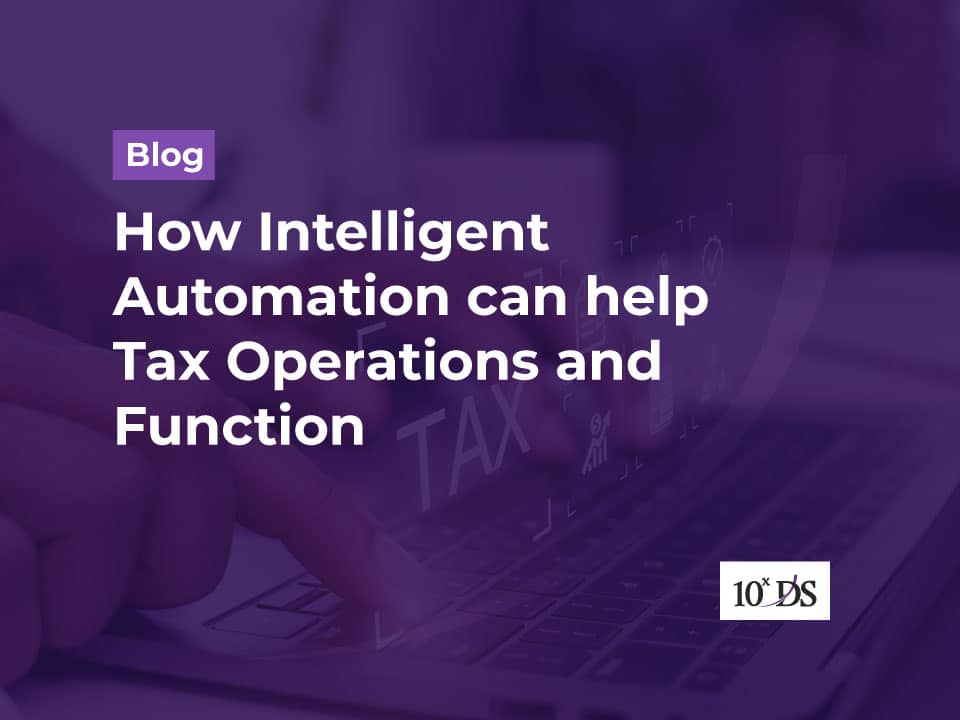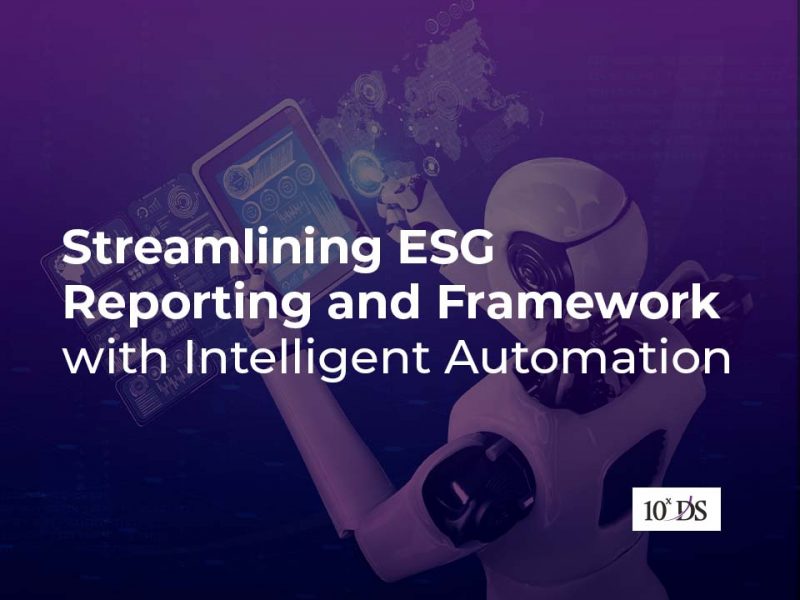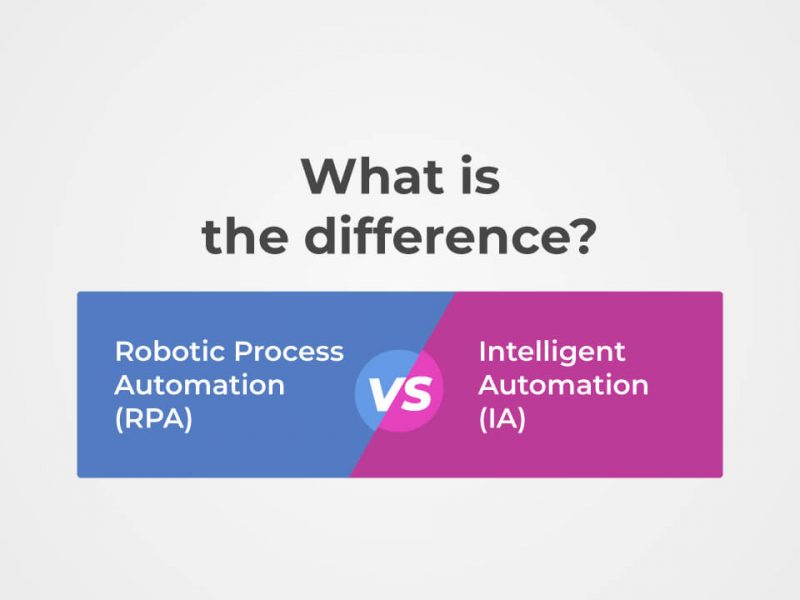
How Intelligent Automation can help Tax Operations and Function
Tax operations are expected to better utilise scarce resources to generate value and enhanced business insights for better decision-making, all against a backdrop of expectations to cut costs and fulfill the needs of an ever-increasing compliance and reporting load. Increasingly, tax departments are relying on technology, and especially intelligent automation, to facilitate their work.
We can look at how using Intelligent Automation is becoming the norm in the industry and how it’s assisting departments in the tax and tax function in providing greater value and weathering the present upheaval. The question is no longer “if,” but rather “where,” “how,” and “how quickly” can it be implemented.
Before we discuss how Intelligent Automation can help tax operations and function, lets look at the different types of automation that companies are adopting these days.
- Automation of routine tasks: Systems in this category (including robotic process automation tools), also known as “bots,” digitalize mundane, repetitive operations and significantly increase productivity. Robotic process automation (RPA) describes a software “robot” that simulates human behaviour when interacting with a computer. After the appropriate settings have been made, the software robot may handle routine, rule-based tasks, freeing up tax experts for higher-value work. Data collection, data entry, and data reconciliation are three of the most promising areas for robotic process automation. However, these applications are just the beginning of what RPA can accomplish.
- Advanced Process Automation: This category of systems use NLP and ML to process complicated transactions with both structured and unstructured data.
- Cognitive automation: Cognitive automation systems are the most talked-about and potentially useful type of AI since they replicate human abilities including perception, evidence gathering, and decision making. Instead of being classically coded, these systems are educated to work in certain knowledge domains, such as a certain set of tax laws. Cognitive computing’s strength lies in its capacity to process large datasets in order to draw conclusions. We humans just do not have the capacity to process and assimilate this much of information in our brains.
Intelligent Automation in Tax
By rethinking and improving processes, expanding the capacities of underlying data systems, and testing out new technological approaches, we achieve intelligent automation. When discussing Intelligent Automation in Tax, we look at processes through an automation lens to identify areas where human intervention can be minimised without sacrificing efficiency or output quality.
There is a wide variety of technologies available now that could facilitate intelligent automation and bring benefits to the tax department. Robotic process automation (RPA), Extract, Transform, and Load (ETL) tools, and data analytics tools are only some of the most popular ITA technologies now being deployed in the market as part of tax function transformation.
In this setting, technology plays a crucial role in facilitating the delivery of process enhancements and efficiencies, but it is by no means the only factor. It is important to begin discussions about ITA with a focus on its goals: what are the organization’s fundamental requirements and needs? Once a course of action has been decided upon, focus can shift to the technologies that can carry out the plan.
How RPA can save lot of time
Most of the steps in filing an indirect tax return can be automated with RPA. The tax robot is designed to access and combine data from a wide variety of source applications (ERPs, consolidation systems, SharePoint site, etc.) with other inputs (excel templates, emails, tax authorities’ site, etc.) before generating the necessary tax reports for inspection by tax professionals. Another instance is the time and effort spent on tax provision and return to provision operations by multinationals with very complicated group structures as part of the group tax reporting process. Robotic process automation (RPA) can be lifesaver, helping in collecting data in the appropriate format from critical systems, then carrying out the instructed checks and reconciliations and flagging any discrepancies. There are established safeguards to guarantee the integrity of the data collected. More time is available for inspection and study of tax return computations and other reports now that they are being handled by automated processes rather than manually. Having an automated solution that can assist reduce contractor reliance, increase process transparency, and tighten quality control is especially important during crucial reporting cycles.
One of the most important tools for Intelligent Automation is Data Analytics
Several businesses have trouble with even the most fundamental analytics reporting capabilities, and yet many companies are working to integrate more advanced analytics into their core operations. So, how can tax authorities make the most of data analytics? When it comes to data analytics, it’s best to get a foot in the door by mastering the fundamentals on your own before delving into more advanced topics. When tax experts have mastered the fundamentals, they can go on to more complex analytics, allowing for more precise and up-to-the-minute reporting. Better data integration can facilitate the timely availability of data.
A clean slate for data integration
Too much data in too many silos is a typical problem for corporations, which is often caused by using various Enterprise Resource Planning (ERP) systems. The time spent by tax experts on data gathering, cleansing, and visualisation increases as the number of ERPs in use does. Most data collecting, cleaning, and visualisation tasks are still done manually, meaning tax departments are missing out on automation’s efficiency gains. There is a potential for process standardisation if there are different spreadsheets for each step, which indicates that there are multiple data source points. Resource availability in the tax function may be improved through the use of intelligent automation to facilitate data gathering and purification processes. Automation in data integration can speed up reporting timelines and increase transparency for traceability.
Tax technology training
Traditional tax and finance expertise, along with data and technology expertise, are needed to adapt and change tax operations for the future. Businesses increasingly offer both in-house and external tax technology training programmes, with Intelligent Tax Automation as a top priority. If tax experts take advantage of the available resources, they can learn about intelligent automation technologies and, more importantly, consider and eventually apply them in their work to improve efficiency and risk management.
Conclusion
Working in real-time with simple access to data sources has become increasingly popular for its advantages in granularity, accuracy, and openness. When it comes to providing the value and insights necessary to make better business decisions, tax functions can benefit greatly from Intelligent Automation solutions. With the help of Intelligent Automation solutions, tax experts can gain the autonomy they need to truly become valuable business allies.
How 10xDS can help?
10xDS offers complete digital tax solutions and digital transformation services allowing organisations to highlight the urgent difficulties encountered by their tax department. Hyper-automation, Intelligent Automation, Artificial Intelligence, and Machine Learning are just some of the tools we employ to enhance operational model strategies and process transformations. Our services include compliance analysis, tax software, an all-encompassing strategy building, digital tax efficiency, and digital tax management.
Talk to our experts to know more about Intelligent Automation opportunities in Tax!


